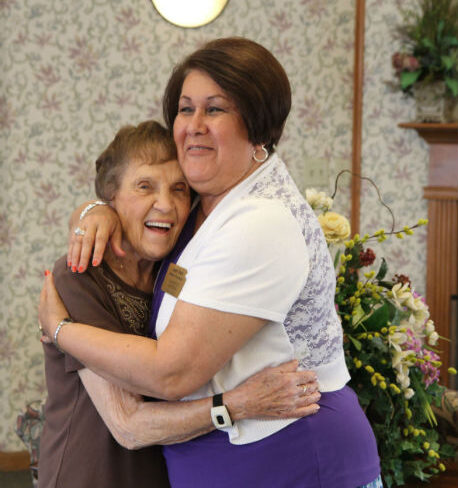When you are the primary family caregiver for a senior loved one, you probably know their medical history as well as you know your own. You can easily explain the details of their treatments and medication schedule. But what would happen if you were suddenly unavailable to provide that care? How would others know what your aging family member needs, especially if your loved one has memory loss?
Having an emergency caregiver in place is important.
Creating a caregiver backup plan is a two-step process:
- The Plan: The first step is to document and organize your loved one’s complete medical history including medications and necessary treatments.
- Educate Others: Making certain others understand the plan and have access to it is equally important.
Step 1: Creating a Health File for Your Senior Loved One
Begin by pulling together everything someone else would need to know to be able to care for your loved one including:
- Complete medical history: Create a complete file for your senior loved one that includes past medical issues, health conditions, surgeries, and any known allergies.
- Medication list: It is also important to keep an updated list of all of their medications in this file. Be sure you list the prescribing physician, pharmacy name and address, dosages, and times.
- Back-up Caregivers Contact Information: Create a list of back-up caregivers along with their phone numbers. If you have identified a few senior living communities that would be a good fit for your elder family member, list those here too.
- Physician contacts: Keep an updated list of all of the physicians and health professionals who are involved in your family member’s care. Include their contact information along with what condition your senior loved one sees the physician for.
- Medicare and Insurance Information: Keep copies of your aging family member’s Medicare card, health insurance card and prescription cards in your file. Also make sure back-up caregivers know where and how to access the originals.
- Miscellaneous Health Documents: If your senior loved one has documents that explain their wishes for future care, such as a durable power of attorney or living will, include copies of them here.
Step 2: Share Your Caregiver Back-Up Plan
It is equally important to make sure the people you are counting on to pitch in and care for your family member are comfortable with the plan and know how to find it. Some families have also found it helpful to use technology platforms and apps to store this information. Caring Bridge and Care Zone are two you might find helpful.

